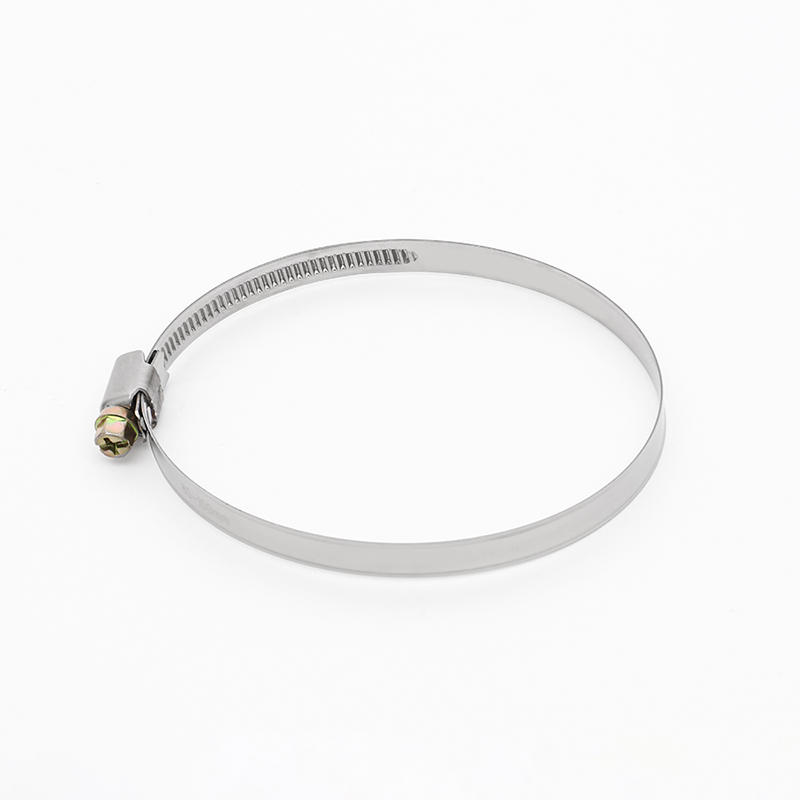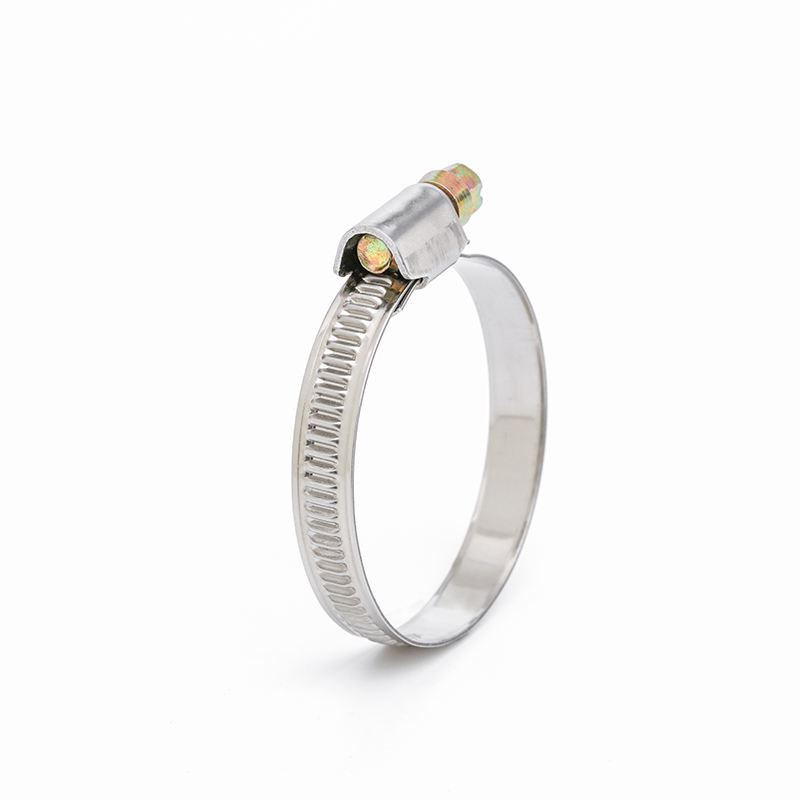German hose clamps are important components used to secure hoses in a variety of applications. These clamps are designed to provide a tight and secure grip, prevent leaks and ensure efficient operation of connected components. Proper installation and use of German hose clamps is critical to maintaining the integrity of hose connections. Here are some important tips for the proper installation and use of German hose clamps.
1. Choose the correct size: Before installing a German style hose clamp, make sure you choose the correct size for your hose. The clamp should fit snugly against the hose, not too tight or too loose. Using the wrong size clamp can cause leaks and potential hose damage.
2. Positioning: When installing the clamp, position it at least 1/4 inch from the end of the hose. This allows for a proper seal and prevents the clip from slipping off the hose during use. Also, be sure to place the clamp over the raised bead on the barbed fitting or hose for a secure connection.

3. Tighten correctly: Use a suitable tool, such as a screwdriver or nut driver, to tighten the clamp securely. Avoid over-tightening as this may damage the hose or cause the clamp to break. A properly tightened clamp should clamp securely without deforming the hose.
4. Check for proper alignment: After tightening the clamp, check for proper alignment to make sure it is evenly around the hose. The clamp should apply even pressure around the circumference of the hose to prevent leaks.
5. Regular inspection: Regularly check the hose clamp for signs of wear, corrosion or looseness. Replace any damaged or worn clamps immediately to prevent potential leaks and ensure the continued integrity of the hose connection.
6. Consider environmental factors: When choosing a German hose clamp, the environmental conditions for its use should be considered. Stainless steel hose clamps are suitable for applications where corrosion resistance is critical, making them ideal for use in marine environments or those exposed to moisture.
7. Follow Manufacturer’s Recommendations: Always follow the manufacturer’s recommendations for the installation and use of German hose clamps. Different hose types and applications may require specific clamp designs or installation techniques to ensure optimal performance.
8. Versatility: German-type hose clamps are versatile and can be used in a variety of applications, including automotive, industrial, pipeline and agricultural environments. Make sure the fixture selected is suitable for the specific application and operating conditions.
In summary, proper installation and use of German hose clamps is critical to keeping hose connections secure and leak-free. By following these important tips, you can ensure effective and reliable performance of these clamps in a variety of applications. Selecting the correct size, correct positioning, tightening, regular inspections, considering environmental factors, and following the manufacturer's recommendations are key aspects of the effective use of German-type hose clamps. By adhering to these guidelines, you can maximize the functionality and longevity of your hose connections in your application.
Post time: Aug-21-2024

